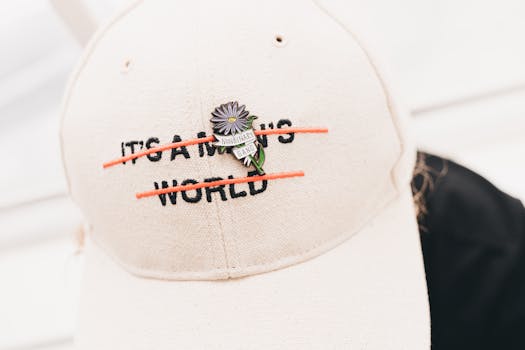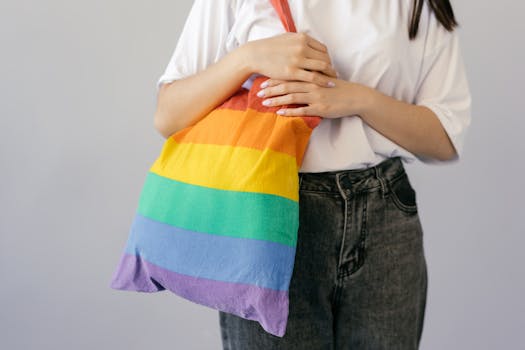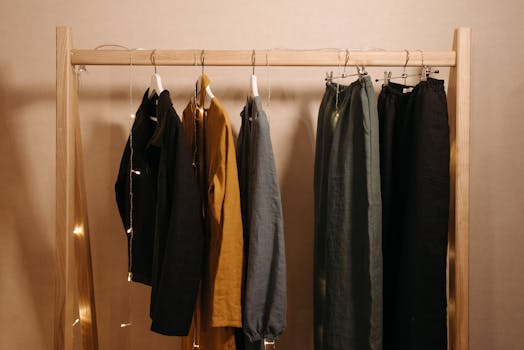
The Rise of Gender-Neutral Apparel in Fashion: A New Era of Inclusivity
Takeaways: Gender-neutral apparel is gaining popularity as fashion embraces inclusivity, sustainability, and self-expression. This trend is reshaping the industry and challenging traditional gender norms, making way for a future where clothing is an expression of individuality rather than conformity.
In recent years, the fashion industry has witnessed a significant transformation with the rise of gender-neutral apparel. This shift reflects broader societal changes towards inclusivity and the acknowledgment of diverse identities. As traditional gender norms continue to blur, the demand for clothing that caters to all genders is at an all-time high. This article delves into the factors contributing to the rise of gender-neutral apparel, its impact on the fashion industry, and why this trend is essential in promoting a more inclusive society.
The Shift Towards Inclusivity in Fashion
The fashion industry has long been associated with rigid gender binaries, with clothing typically categorized as either “men’s” or “women’s.” However, the past decade has seen a dramatic shift towards inclusivity. This change is driven by a growing awareness of gender fluidity and a desire for self-expression beyond traditional labels. Brands are recognizing that consumers do not fit neatly into predefined categories, leading to the emergence of collections that embrace gender-neutral designs.
Several high-profile fashion brands have taken the lead in this movement, launching unisex lines that prioritize comfort, style, and versatility. Notable names like Gucci, Telfar, and Acne Studios have incorporated gender-neutral pieces into their collections, encouraging consumers to break free from conventional fashion norms. These brands emphasize that clothing should not dictate identity; rather, it should reflect the wearer’s personality and style.
The rise of social media has also played a crucial role in the acceptance of gender-neutral fashion. Platforms like Instagram and TikTok have enabled individuals to showcase their unique styles, often blending elements traditionally associated with masculinity and femininity. This visibility has contributed to a broader acceptance of diverse gender expressions, prompting more brands to adapt their offerings to meet this demand.
Consumer Demand for Gender-Neutral Apparel

According to market research, the global gender-neutral apparel market is projected to grow significantly in the coming years. This growth is fueled by younger generations who value inclusivity and sustainability. Gen Z and Millennials are particularly influential in shaping this trend, driving brands to reconsider their design approaches and marketing strategies.
Moreover, the push for sustainability in fashion aligns with the principles of gender neutrality. Many gender-neutral brands focus on ethical production practices, using sustainable materials and promoting slow fashion. This commitment to sustainability resonates with consumers who are increasingly concerned about the environmental impact of their clothing choices.
The Impact on the Fashion Industry

Retailers are adapting their strategies to accommodate the growing demand for gender-neutral options. Many stores are reorganizing their layouts, creating dedicated sections for unisex clothing that emphasize inclusivity. Additionally, online shopping platforms are increasingly featuring gender-neutral filters, allowing shoppers to explore a broader range of options without the constraints of gendered categories.
Furthermore, collaborations between brands and non-binary influencers are becoming more common, amplifying the voices of those who identify outside the traditional gender spectrum. These partnerships not only promote gender-neutral fashion but also challenge societal norms, encouraging consumers to embrace their authentic selves.
Conclusion



